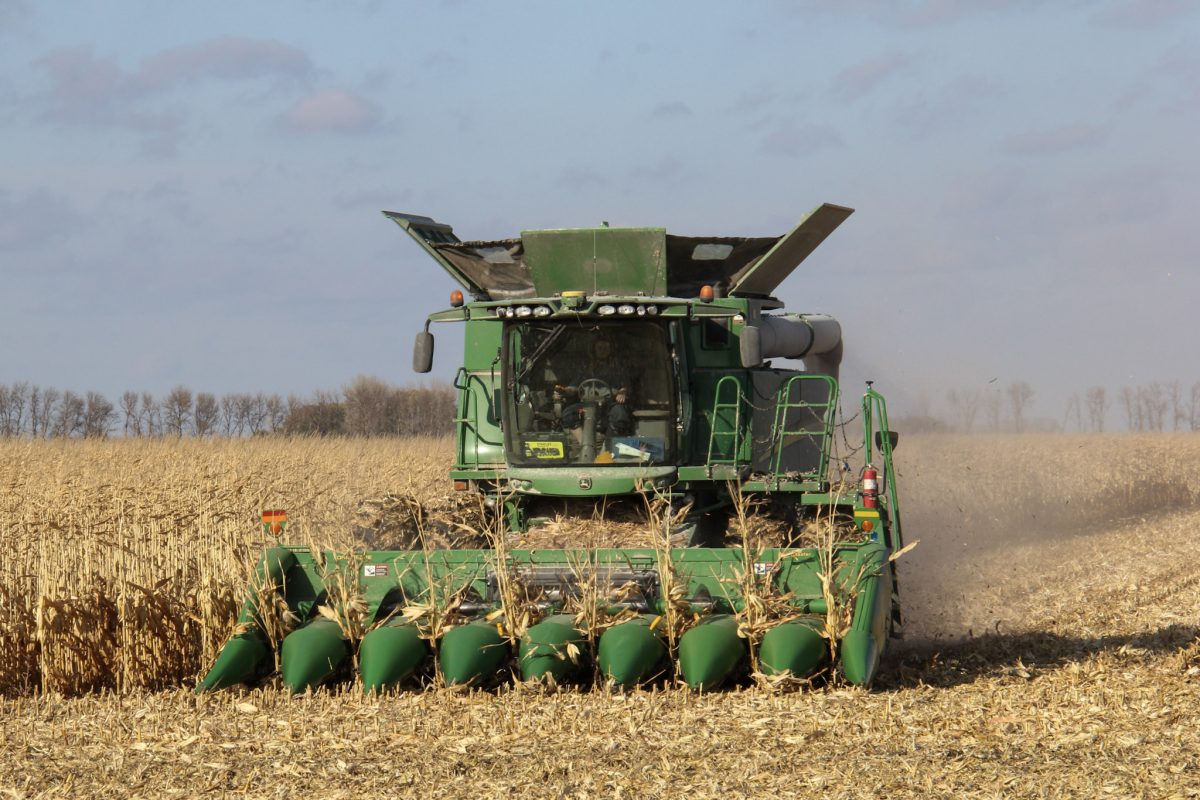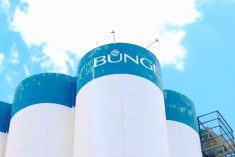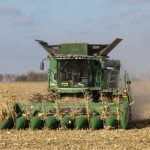Commodity giant Glencore’s efforts to ratchet down its debts paid off in fiscal 2016 — though “challenges” weighed on the ledger for its Viterra grain handling arm.
Swiss-based Glencore on Thursday released preliminary results for 2016, booking net income attributable to equity holders of $1.379 billion on $152.948 billion in revenues, up from an $8.114 billion loss on $147.351 billion in revenues in 2015 (all figures US$).
The company’s “swift and decisive actions to reposition and optimize our capital structure and industrial asset portfolio have reduced net funding by $14.7 billion over the past 18 months and generated more than $1.3 billion in cost savings at our industrial assets in 2016,” CEO Ivan Glasenberg said in a release.
Read Also

IGC raises 2025/26 world wheat, corn crop forecasts
Global stocks of grain are set to increase during the 2025/26 season for the first time in four years, the International Grains Council said on Thursday as it raised its forecasts for both wheat and corn crops.
Those actions included Glencore selling about 50 per cent interest in its Agricultural Products division for $3.1 billion, with the Canada Pension Plan Investment Board and B.C. Investment Management Corp. taking about 40 and 10 per cent respectively. Both deals closed in December.
With year-over-year results adjusted accordingly, Glencore reported its marketing EBIT (earnings before interest and taxes) from Agricultural Products down nine per cent in 2016 from 2015, “in large part due to a lower Viterra Canada contribution.”
The Canadian arm of Regina-based Viterra “faced challenges in the first half of 2016, as the crop harvested in September 2015 was below average, with margins suffering from competition amongst handlers in the face of low prices and farmer retention,” Glencore said.
Viterra Canada’s margins improved in the last quarter of the year, however, on a “near-record, albeit poor-quality, crop harvested in September 2016.”
Viterra’s business in South Australia was “broadly similar,” as a “disappointing” October 2015 harvest weighed on the first half of 2016 and the final quarter saw a “record” 2016 South Australian crop.
During that time, Glencore said, “we had added storage and were well prepared for the large Viterra Australia intake. The crop size and delayed Australian harvest is also expected to positively impact results in the first quarter of 2017.”
Overall, Glencore said, prices and volatility in the Agricultural Products business “generally remained subdued during the period, with our grain and oilseed marketing business performing consistently well in the circumstances.”
Its marketing of wheat, Brazilian corn, soy meal and rapeseed generally “exceeded expectations, while sugar and cotton were below expectations.”
The division’s processing businesses booked increased production in 2016, mainly from the crush plants it bought at Becancour, Que. in late 2015 and at Warden, Wash. in January 2016, and from “higher capacity utilization” in Argentina.
The former TRT-ETGO oilseed plant at Becancour saw “poor” margins early in fiscal 2016 as sales of meal “proved challenging,” but those margins increased in the second half of the year, Glencore said.
Worldwide, the Agricultural Products division saw its revenue from commodity marketing drop to $18.678 billion from $20.617 billion in 2015, and revenue from “industrial activities” such as processing rise to $3.292 billion from $2.529 billion.
The adjusted EBIT on the division’s marketing activities came in at $418 million, down from $461 million, while EBIT on its industrial activities rose to $104 million from $63 million.
Glencore’s grain marketing volumes for 2016 remained nearly flat at 43.8 million tonnes, up from 43.7 million in 2015, while oilseed and processed oil marketing volumes rose 15 per cent, to 26.7 million tonnes. — AGCanada.com Network















